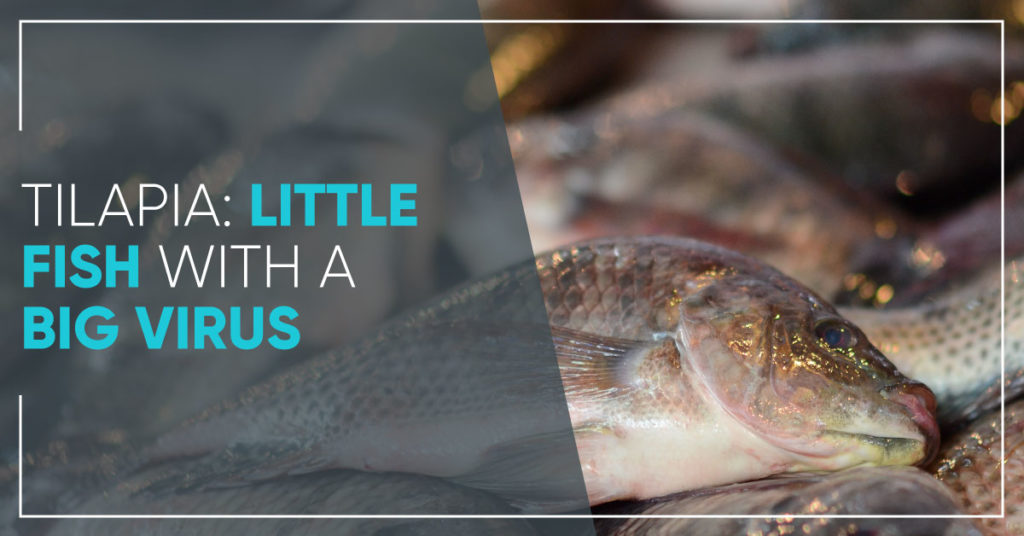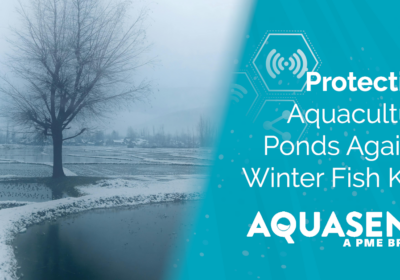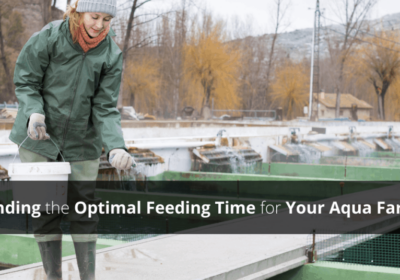Tilapia: The Little Fish with a Big Virus

Farmed fish make up 42% of all fish consumed worldwide and that number is expected to increase in coming years with the growing popularity of aquaculture. Tilapia is the second most farmed fish worldwide and a vital source of protein in many developing countries; it is being produced in 87 different countries with 6.3 million tons produced in 2018.
This little fish accounts for a large portion of annual farmed fish production, so the development of Tilapia Tilapinevirus has researchers scrambling and farmers on edge as a threat to the tilapia species could make a big impact on aquaculture farms and economies worldwide.
Tilapia Tilapinevirus a.k.a. the Tilapia Lake Virus
Tilapia Tilapinevirus, also known as the tilapia lake virus, was first discovered in Israel in 2014 but has since spread to countries on four different continents. The most recent case of tilapia lake virus was reported at Lake Victoria in Africa near the end of 2018.
Although it has been five years since the virus was first reported, there is still little known about it due to the fact that the countries it has been reported in don’t have the access they need to science and technology, or the infrastructure needed to support research on the virus.
What researchers do know about the tilapia lake virus isn’t promising: the mortality rate for the virus is anywhere between 10% to 90%. The infected fish often appear sluggish with lesions to the skin, discoloring of the body, eye abnormalities, and tend to swim at the surface away from other tankmates. These alarming mortality rates are putting the pressure on researchers to discover more about the deadly virus.
Controlling the Risk of Tilapia Lake Virus
This highly contagious disease is not generally noticed until it’s too late, with the first sign being a lot of dead tilapia in a farmer’s tank. This is worrisome as there are many infected countries that share borders and water sources, making it likely that the virus has already spread undetected.
Unlike for other species, there are no current vaccinations for tilapia against the tilapia lake virus. For now, containment of the virus will have to rely on basic best practices such as water isolation and regulating the movement of people and equipment until researchers know more about the disease. Continuing to educate farmers and others within the industry on the threat of tilapia lake virus is also critical to containment and to finding a larger solution.
Aquasend’s Real-Time Monitoring Solutions
The ability to monitor your farm’s water quality will allow you to keep a close eye on your fish’s environment and help to rule out causes if your fish become unhealthy. To learn more about Aquasend’s real-time monitoring solutions, contact us today.


